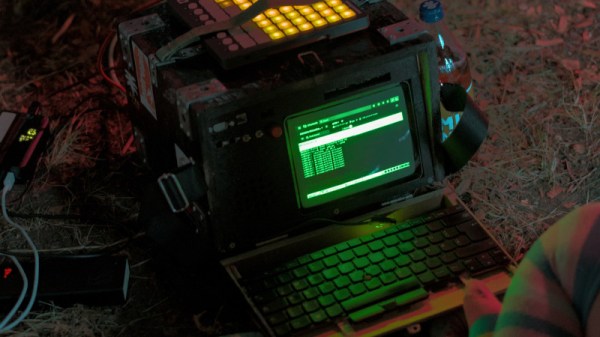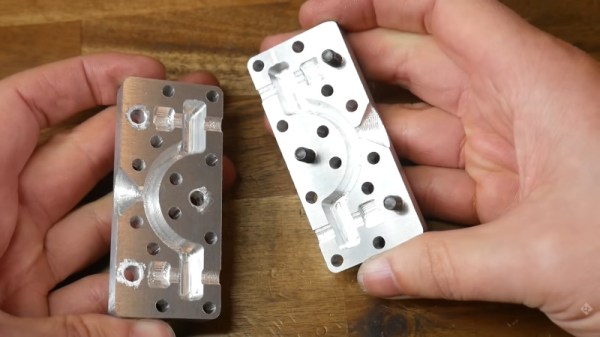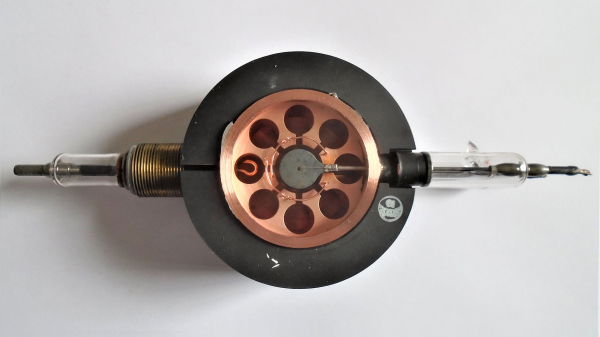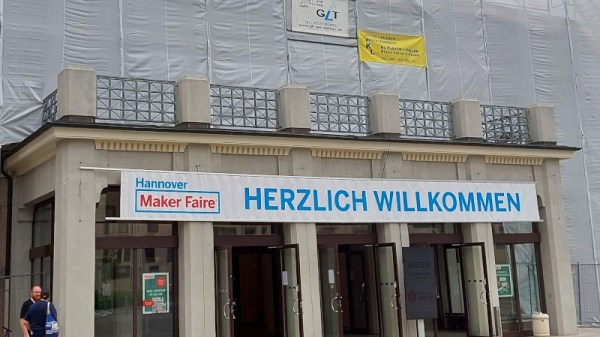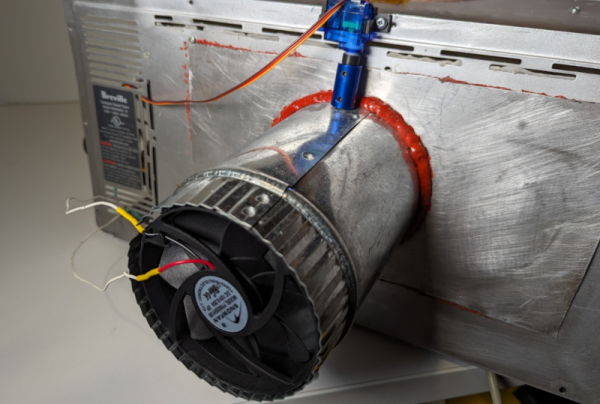There was a time when portable computing meant not a svelte laptop but a suitcase-sized machine that was really a slimmed-down desktop with a small CRT incorporated int he same box. They were heavy and unwieldy, but the computing compromises of using one at the time were less than with what served for more portable machinery. It’s a form factor which understandably has long ago disappeared, but that hasn’t stopped [Sdomi] from reviving it with a machine that packs plenty of modern computing power.
It’s a project that started with a monitor, a diminutive green-screen model which had previously adorned a CNC machine. It’s a composite model, so it’s driven from a VGA-to-composite converter. The computing power comes from a thin-client board that packs an up-to-date AMD Ryzen processor and 32 GB of memory, and the case is manufactured from oriented strand chipboard.
The result is a chunky but definitely practical and usable take on a portable cyberdeck, with the caveat that a composite monitor will not deliver the resolution some of us might be used to. We have to admit rather liking it, there’s nothing like the curved glass of a CRT.
It’s by no means the only up to date luggable we’ve seen, though more often now they feature an LCD.

